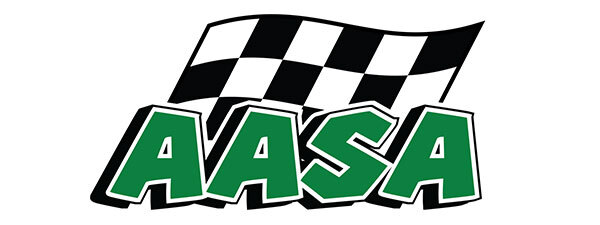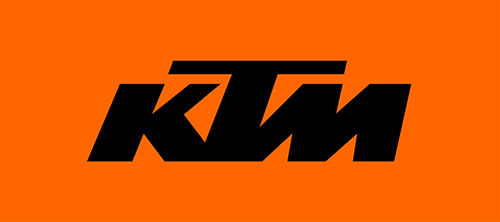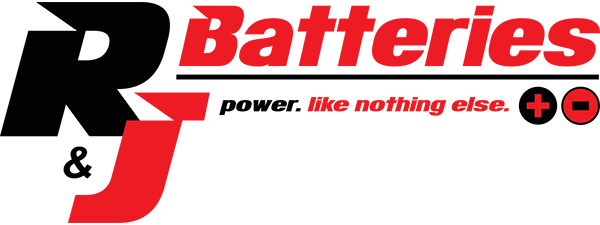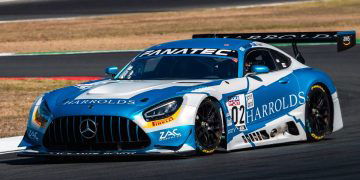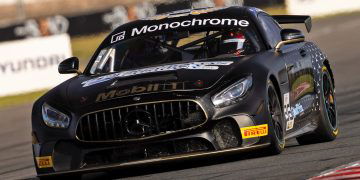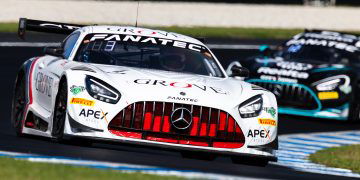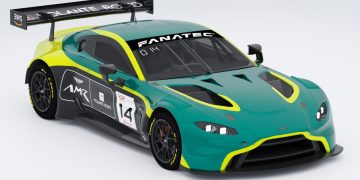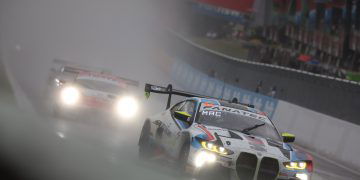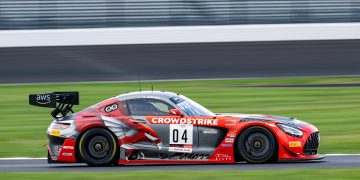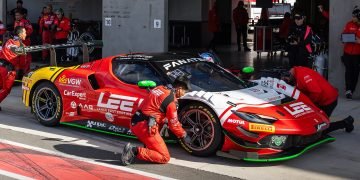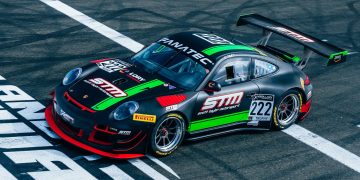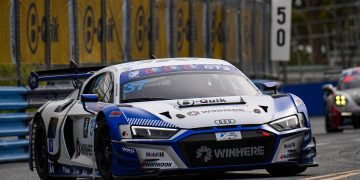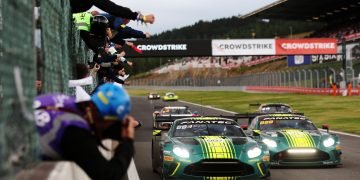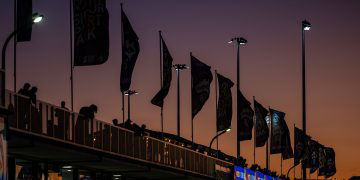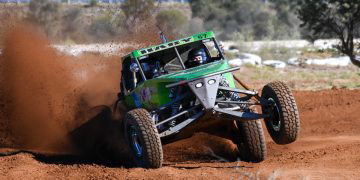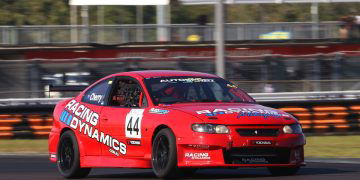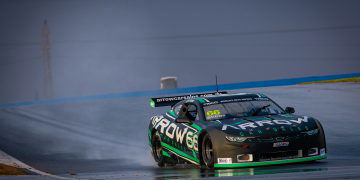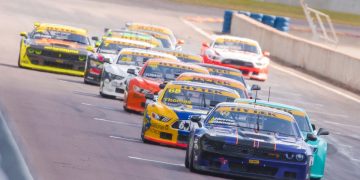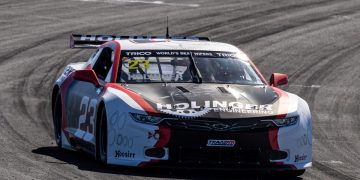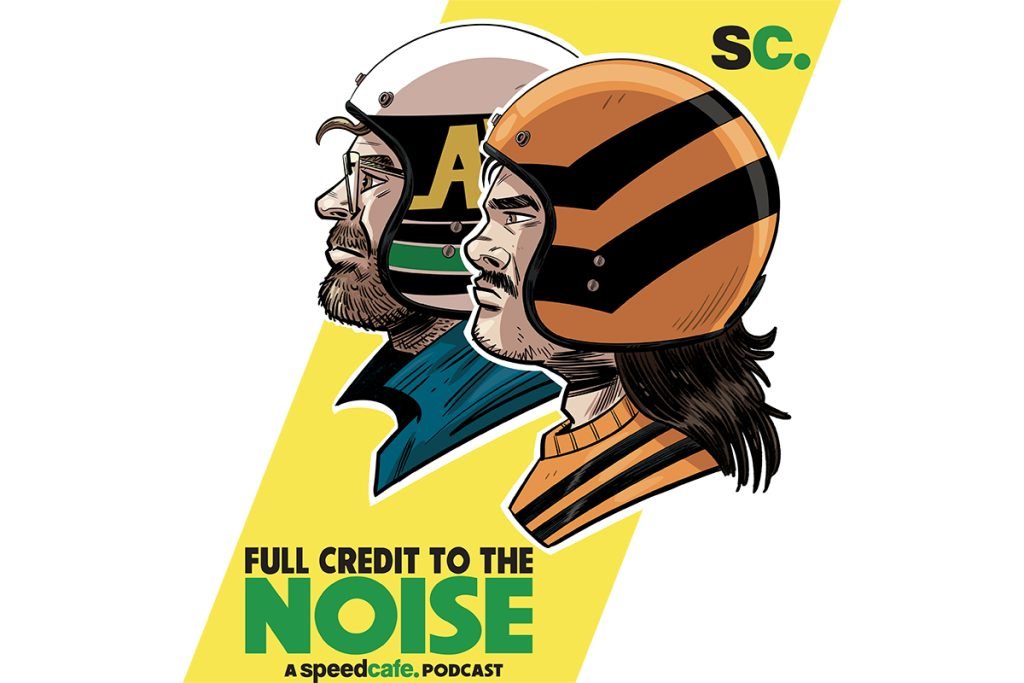
The FIA has announced it will abandon its rotating Race Director policy for the remainder of the 2022 Formula 1 season.
It comes as part of a nine-page report into the incidents during the Japanese Grand Prix which saw recovery vehicles enter the sodden track before the red flag was shown.
“For the remaining races of the 2022 Formula 1 season, the FIA will not use the system of rotating the role of Race Director,” the FIA announced.
“From the United States Grand Prix in Austin and the following races in Mexico, Brazil and Abu Dhabi, Niels Wittich will assume the position of Race Director with the support of Race Control staff.”
Held in wet conditions, the Japanese GP was stopped after Carlos Sainz crashed heavily on the opening lap.
That led to a recovery vehicle entering the circuit before the red flag was shown, the field passing the scene with some at near-racing speed.
Heavy criticism was lobbied at Race Control for its handling of the situation, drawing parallels with the incident which claimed the life of Jules Bianchi at the same circuit in 2014.
Chief among them was Pierre Gasly, who was penalised for driving too quickly under the red flag which was shown as he arrived at the scene following a pit stop at the end of the opening lap.
With Gasly, the FIA recognised the fact that Race Control was not immediately aware the Frenchman had pitted.
“Given the track conditions and the overall visibility for drivers, marshals and recovery staff at the time, initially under a Safety Car followed by a Red Flag, and as efforts were focused on safe recovery, the AlphaTauri of Pierre Gasly in the Pit Lane was not immediately detected,” it stated.
“Race Control do not necessarily monitor all cars that may pit during Safety Car periods as they are more concerned about any area containing an incident and neutralising the field behind the Safety Car.
“After his Pit Stop, Gasly rejoined the track and drove to his Safety Car delta time in an effort to catch the pack. When he reached the incident in Turn 12 for the second time, marshals were working with a crane on track.
“Even though it is common practice to deploy recovery vehicles once a race has been neutralised, the review panel discussed whether the entry of the recovery vehicle at Suzuka to retrieve the stricken Ferrari of Carlos Sainz was premature given the prevailing conditions.
“The review panel acknowledged that having recovery cranes on track at Suzuka during the weather conditions is a sensitive matter in view of the tragic incidents of the past.
“The panel determined that in hindsight, as the weather conditions were changing, it would have been prudent to have delayed the deployment of the recovery vehicles on track.
“It was acknowledged that every effort should be made to perform an efficient and safe recovery of cars. A longer recovery period, in conditions such as those which prevailed in Suzuka, may result in a race suspension.
“It was also acknowledged that while the Safety Car is used to neutralise a race, the FIA has control over the cars directly behind the Safety Car, but it does not have sufficient control over the cars that are elsewhere around the track.”
Following the race, the Grand Prix Drivers' Association wrote to FIA President Mohammed Ben Sulayem expressing its concerns.
The review itself began shortly after the Lap 2 stoppage, with a nine-page document detailing the event and including 11 proposed measures to address the matter.
In the report, following the establishment of facts, a list of findings and observations is made (see below) before a list of proposed measures to address the findings.
Among them is a message to teams that a recovery vehicle is on track, and will be introduced from this weekend's United States Grand Prix.
It's also been proposed that the visibility of recovery vehicles be improved with the addition of “extra powerful lights”, with an implementation timeline of “2023-24”.
The FIA is also working with Pirelli on the performance of its current wet weather tyres, while discussions are ongoing with Suzuka regarding drainage improvements at the venue.
It will also review the wording of regulations surrounding the allocation of points in shortened races after the impact of changes prior to the 2022 season saw full points awarded despite the shortened race in Japan.
“At the Japanese Grand Prix, Article 6.5 of the Formula 1 Sporting Regulations which covers race time limit and points distribution was applied correctly,” it said.
“However, the wording of the Regulations will be revisited with a view to bringing further clarity during the next review of the Sporting Regulations.”
FIA Findings
The track was neutralised with the Safety Car (“SC”) before marshals and cranes were deployed on track.
- After the Pit Stop, GAS went back on track and drove to his SC delta time to catch up with the pack. When he reached the incidents in T12 for the second time, marshals were working with a crane on track.
- It is important to understand why GAS was able to drive so quickly whilst under the SC when required to respect the delta times.
- Under Virtual Safety Car (“VSC”) and SC, drivers must respect a limited speed which is based on lap times:
- Dry conditions lap time is 40% slower than a typical race dry lap time
- Wet conditions lap time is 50% slower than a of typical race dry lap time
- The Teams are able to configure flashing lights on the dash with different colours as well as audio tones to indicate to the driver if he is respecting the delta time and therefore the required speed.
- Straight after SAI crashed, the SC was deployed. All Drivers had to follow their SC delta times.
- GAS who clipped the advertising board was, for obvious reasons, slower than the SC delta times. The result was that his delta time grew increasingly more positive. By the time he reached the pit entry and SC1 line, he was 18 seconds slower than the targeted delta time. The delta time is not reset in the pit lane so, when he left the pit lane at SC2 line he still had an additional 18 seconds on his SC delta. The result of this is that he could drive at a pace that was 18 seconds faster per lap than the specified SC delta lap time without triggering the delta time alarm.
- Consequently, for the lap that GAS drove after pitting, despite driving considerably faster than what would be expected under these circumstances, he was still in conformity with the requirements of the SC delta controls that were in place.
- While the crane was on the track and GAS arrived at T12, it is further highlighted that:
- This was the second time that GAS had passed in front of the incidents. So, he was aware that a car had crashed and that marshals might be clearing the track.
- Just a few meters before GAS reached the incidents, yellow flags with SC boards & SC TSPs switched to red flags.
- SC procedures (yellow flags & SC boards) are overriding the single yellow flags and double yellow flags. Supposing that GAS couldn't see the red panels, he was nevertheless supposed to respect the yellow flags and SC Boards which in accordance with the applicable regulations require drivers to prepare to slow down and potentially stop the car.
- GAS's speed was at 189km/h on arrival at Incident 1 (SAI) and 163km/h at Incident 2 (ALB recovery car) while under red flags. In neither of these two cases were GAS's car speeds compatible with the obligation to slow down and be able to stop his car.
- After T12, whilst still under red flags, GAS's car #10 was still reaching speeds of between 200km/h and 250km/h.
- Under Virtual Safety Car (“VSC”) and SC, drivers must respect a limited speed which is based on lap times:
Comments and analysis
- Having recovery cranes on track at Suzuka during these weather conditions is an extremely sensitive matter.
- Nevertheless, and without undermining responsibilities regarding safety on track, we must also consider as detailed above that GAS drove in a reckless manner by not respecting the flags, thereby ignoring the basic safety rules.
- As the weather conditions were changing, it is concluded that it may have been better to delay the deployment of the recovery vehicles on track. However, the potential situation that GAS could have lost control of his car and collided with the stationary damaged car, a driver walking across the track and/or any marshals on track, must also be considered. In addition, in the event of a serious incident the Medical Car and staff could also have attended the scene.
- It is important to highlight that although the driver has an important responsibility on track with regards to their own safety and that of others, they are not held solely hold responsible for the incident.
- Following the Japanese Grand Prix, a review meeting was held on Thursday 13th October to discuss all aspects of the start of the race in Suzuka where we identified areas of improvement. The FIA is committed to constant improvement and analysis so that situations such as that which occurred in Suzuka can be avoided or at least be safely mitigated.
Proposed Measures
| Actions List | Implementation | Validation |
| Information to be provided to the Teams by means of a message via the official messaging system &communicated via the FIA intercom system that “a recovery vehicle is on track at T x” with obligation from the Teams to inform their Drivers. | United States Grand Prix, Austin | FIA |
| Development of a live VSC/SC monitoring Window to display the status of all cars, on track, behind SC, in PITS to be used by Race Control and the ROC. Adoption of the same client to be used for consistency of operation between Race Control and ROC. | United States Grand Prix, Austin | FIA |
| Race Control Procedure Update to better define the allocation of tasks across the Race Control team (including delegation of monitoring tasks to ROC, if required and if deemed robust) under SC or VSC procedure. In specific relation to this review, the delegation of monitoring of cars entering the Pit Lane under SC conditions and the consequent length of the SC train. | United States Grand Prix, Austin | FIA |
| Race Director Review of the Incidents during Austin GP Drivers' Briefing to explain what solutions we plan to introduce to avoid that situation in the future and remind the drivers the importance of strict adherence to the safety rules and especially the respect of the flags. | United States Grand Prix, Austin | FIA |
| Dynamic VSC: implementation of a new function that would change the delta speed required for the driver to follow before and in the sectors where there is an incident, this would aid the drivers to know where incidents have been declared. | 2023 | FIA |
| Review of penalty precedent for drivers not respecting the rules relating to Yellow, Double Yellow, VSC and SC conditions. Drafting of penalty guidelines for failing to slow adequately under Yellow, Double Yellow, VSC and SC conditions. | United States Grand Prix, Austin | FIA & Stewards |
| Closing of the Pit Exit during any SC period, only opening it for a short period each time the SC train passes Pit Exit to allow cars to re-join the track whilst remaining under the control of the SC. It is noted that this could be implemented at the discretion of RC dependent upon track condition and/or the specific requirements of an intervention. | 2023 | FIA & SAC Meeting This would require significant analysis and discussion due to the sporting implication. This may elongate SC periods. |
| Assessment of the current application of advertising boards, their construction, location and materials used to avoid the potential for them to being torn off and thrown on track. | 2023 | FIA & FOM |
| Improving the visibility of recovery vehicles by adding extra powerful lights (F1 Rain Lights) | 2023-24 | FIA & FOM |
| Circuit drainage improvements in Suzuka | TbD | FIA & FOM |
| nvestigation of new technology (Artificial Intelligence) to help manage difficult situations on track better, including under severe weather conditions. | 2023 | FIA |
| The FIA Technical Department is working on a project related to wet weather tyres to assist the tyre manufacturer going forward in relation to the characteristics of the tyres for extreme wet track conditions. | 2023-24 | FIA & FOM |


